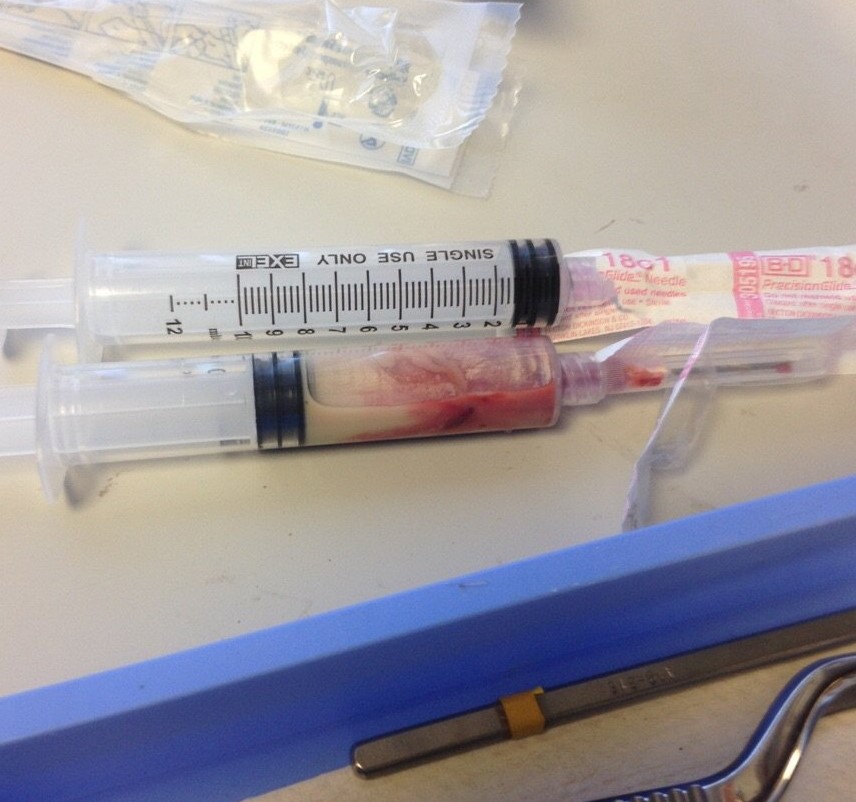Phones have revolutionized our lives and infiltrated all spheres of our life from education to recreation to vocation. It is more than just a means of communication; it has become an inseparable part of our life- like an appendage attached to our bodies. However, smartphones have also become a reason for specific health concerns, including those that can affect our spine health. The slouch posture we use during smartphone use only adds to the stress on our spines due to overuse. In this article an outline of the spine issues due to smartphone use is discussed.
On an average the human head weighs approximately 10to 12 pounds of pressure, so rather it’s a heavy force our neck is designed to carry. The weight transferred to our spine via the neck also increase progressively in relation to the tilt angle of our neck. It has been shown that the more we lean forwards higher the equivalent forces transferred to our neck. For example, if we lean forward to an angle of around 60 degrees (as we do sometimes while we slouch on our phones) the weight transfer forces can increase up to 60 pounds. Roughly, pressure of around 10 pounds is transferred to our shoulders for every inch our head is tilted forward.
These forces are specifically transferred via our tendons, ligaments, muscles and the intervertebral discs (Shock absorbing cushions between the bones of spine). These structures take on the damage of the forces transferred over time. Most of us tend to slouch while using our phones subconsciously as our posture becomes involuntary with time. This form of unnatural slouching posture puts considerable strain on the structures of our neck and low back. These forces are particularly harsher when such posture is maintained for longer durations and consistently over longer periods of time. Our posture is more than just aesthetics. Good posture is protective shield against pain also. Poor posture due to constant and improper use of back and neck pain, can be a significant cause of disability.
Over longer periods, during our lifetime such poor posturing can lead to a plethora of other problems beyond our spine. These include Carpal Tunnel Syndrome (may lead to disabling pain, tingling and numbness in the fingers and palm of the hand), heart burn(acidity), circulation complications over longer time can lead pain in knees and other joints too. Digestive problems can also be attributed to hunched posture as our internal organs are squeezed into smaller space owing to hunching. In elderly with an already hunched spine, hunched posture can affect breathing also. Slouched posture while reading books as effects similar to slouched using of smartphones.
The above information helps us to make intelligent choices regarding our smartphone use It is advisable to take frequent breaks from excessive use of screens, be it smartphones or computers. It is easier said than done for professionals working on computers. For such professionals it is advisable to pay strict attention towards proper posture. An ideal spinal posture is one where spine is not slouching, adequate back support is there for your lower back, the screen is at the level of your eyes (if its smartphone- holding it up to the eye levels) and the posture is frequently changed. Simple stretches out of the chair should be practised every half an hour to one hour. Smartphones are definitely a boon, its in our hand not to run into a curse. Little attention to our posture, can go a long way in avoiding the curse. All the best.
